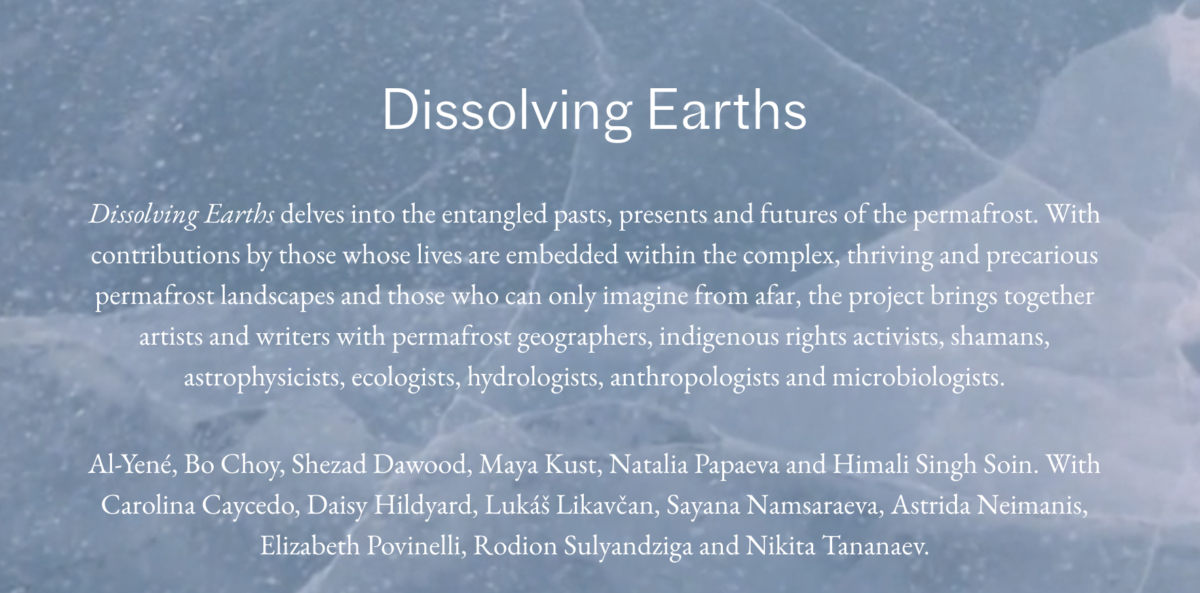
How A Telescope At The Bottom Of The World’s Cleanest And Deepest Lake Shows The Link Between Ecology And Cosmology.
I.
One of the crucial phases of the James Webb Space Telescope’s deployment en route to the Lagrange 2 point was to spread widely the port and starboard wing of its main mirror, followed by fine-tuning the alignments between individual hexagonal mirrors, so that the device could peek into the deep universe with unprecedented clarity and precision. The telescope itself marks the peak of a long evolution of instruments for space observation based on optics. It starts with augmenting human sight by refractor telescopes, using lenses to magnify the observed objects – a technology known to Muslim astronomers from the tenth century onwards, thanks to the pioneering work of Ibn al-Haytham. These designs were later responsible for Galileo’s discovery of Jupiter’s moons and the rings of Saturn, but in the early modern era, they quickly hit the ceiling of their capacities as the ambitions of scientists to look further grew. Hence a generation of scholars including Isaac Newton brought about the concept of a telescope which would use mirrors to reflect light, instead of bending it by lenses. Since then, reflecting telescopes have become the main tools for deep space observation, and their principle has also been adopted for detectors of light in different wavelengths beyond the visible spectrum – such as radio telescopes with their signature saucer design, and infrared telescopes such as the James Webb.
Continue reading
https://dissolving.earth/text/...